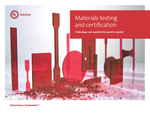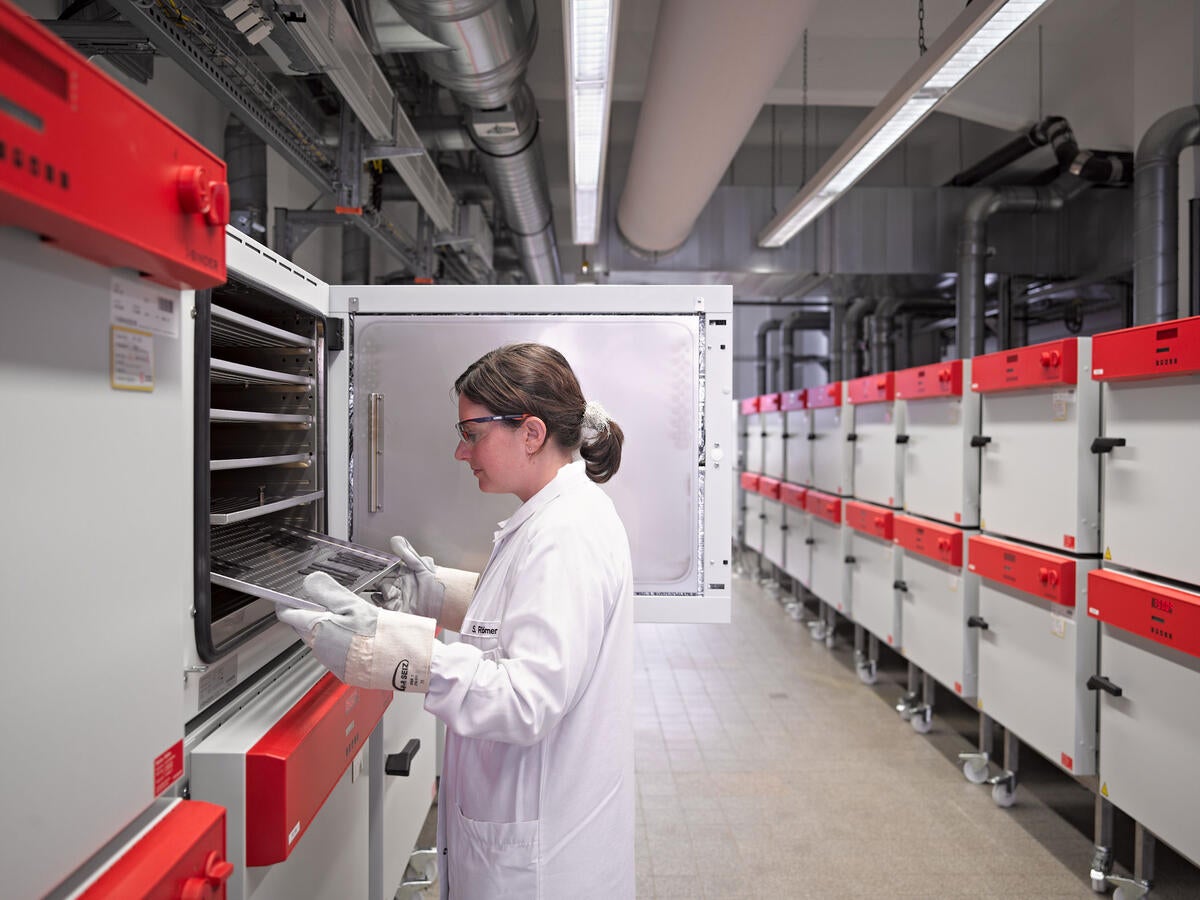
UL Materials Testing and Certification (English)
As a global safety science leader, UL Solutions helps companies to demonstrate safety, enhance sustainability, strengthen security, deliver quality, manage risk and achieve regulatory compliance.
See how we put safety science to work to help create a safer, more secure and sustainable world for you.
Explore our business intelligence-building digital tools and databases, search for help, review our business information, or share your concerns and questions.
A secure, online source for increased visibility into your UL Solutions project files, product information, documents, samples and services.
Access UL certification data on products, components and systems, identify alternatives and view guide information with Product iQ.

ULTRUS™ helps companies work smarter and win more with powerful software to manage regulatory, supply chain and sustainability challenges.
Our temperature test chambers can simulate aging in an accelerated process and reveal the effects of long-term heat exposure. This helps to discover long-term, irreversible changes in the composition, surface and the structure of plastics and components.

UL Solutions has more than 150 hot-air cabinets for thermal aging and determining the RTI (relative temperature index) of a material. These cabinets were developed in close cooperation with the manufacturer to guarantee maximum precision and reproducibility.
All our hot-air cabinets are measured and monitored continuously with the help of a software system on which UL Solutions likewise collaborated extensively. The test specimens are aged in a load-free state at different temperatures in forced-ventilated hot-air cabinets. The change in specific properties in relation to the aging period can subsequently be calculated at room temperature.
Standards for Hot-Air Aging (RTI)
UL 746B or equivalent standards
These property changes are generally investigated by means of a mechanical shock test and quasi-static and electrical measurements.
The test ends when the property value in question falls below the minimum threshold (50% of the original value). The time until the property limit is reached is calculated for each individual property (temperature/time pairs) on the basis of the results obtained. These pairs are then used to generate a thermal resistance diagram for the material being tested. By extrapolating the results over time, a temperature index (TI, normally after 5,000 and 20,000 hours) can be determined according to (IEC) DIN EN 60216-1.

UL Materials Testing and Certification (English)
Have questions, need specifics? Let's get this conversation started.
We'll review your message carefully and get back to you as quickly as possible. To help ensure that you receive our reply, please add our domain @insights.ul.com to your list of approved contacts.